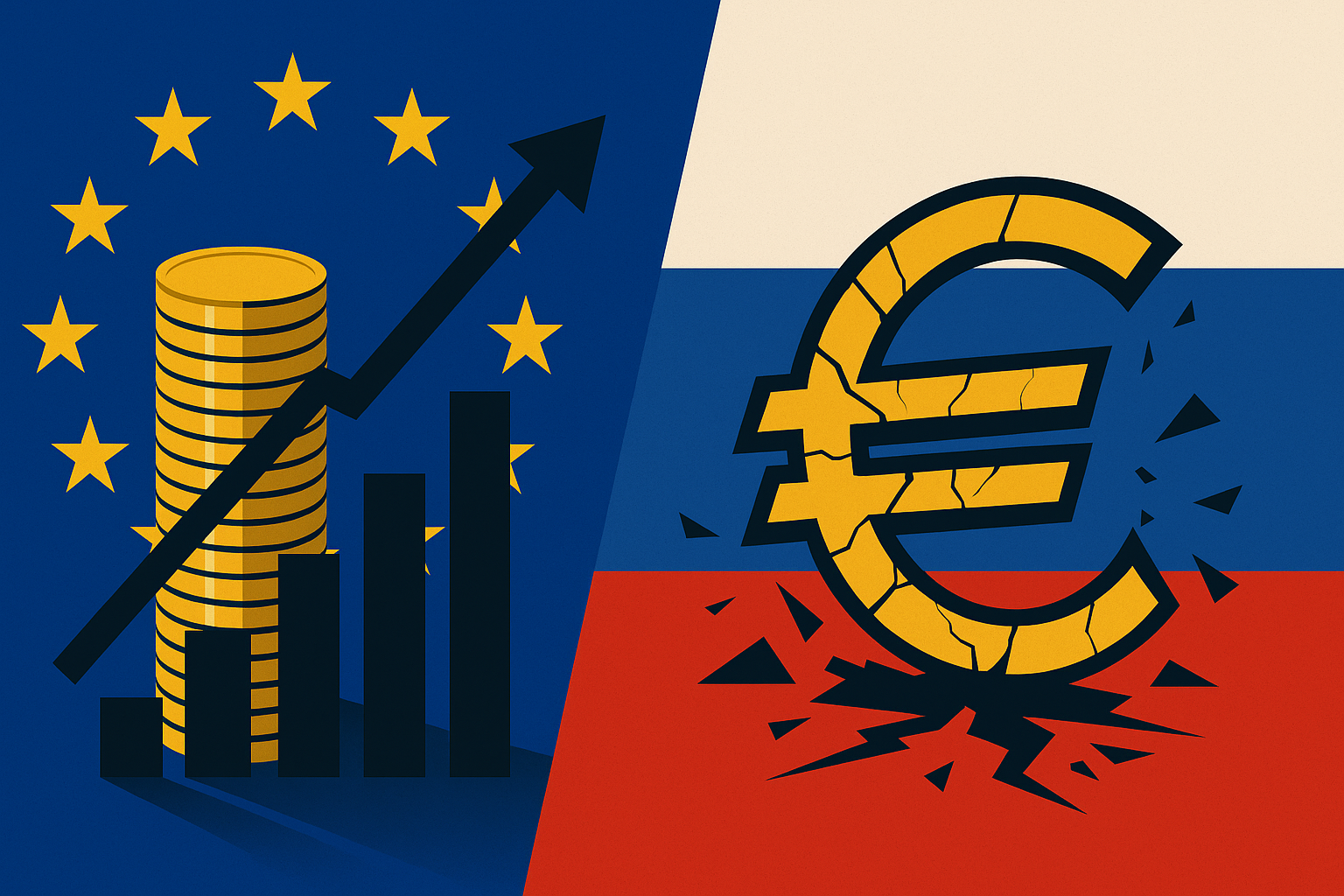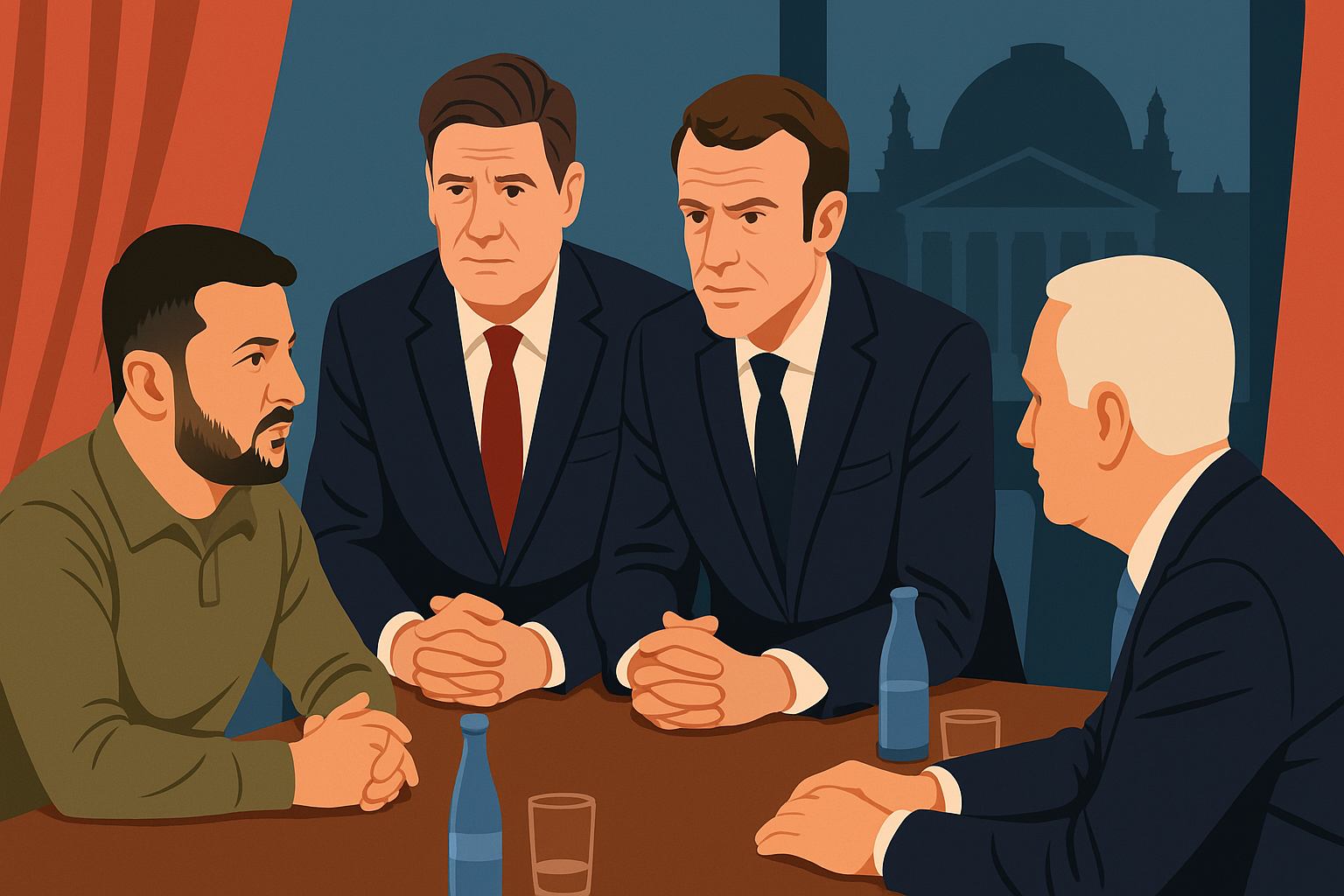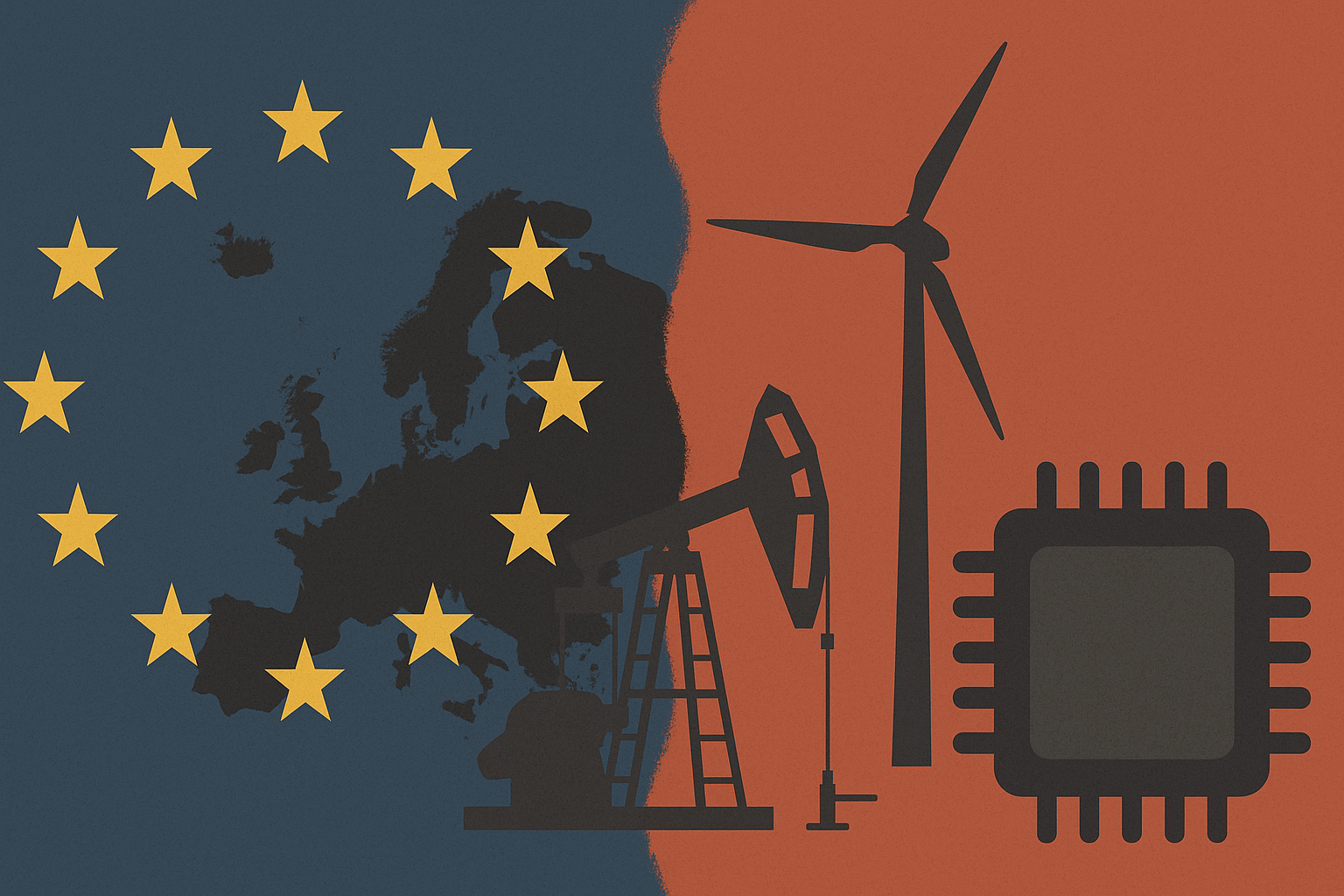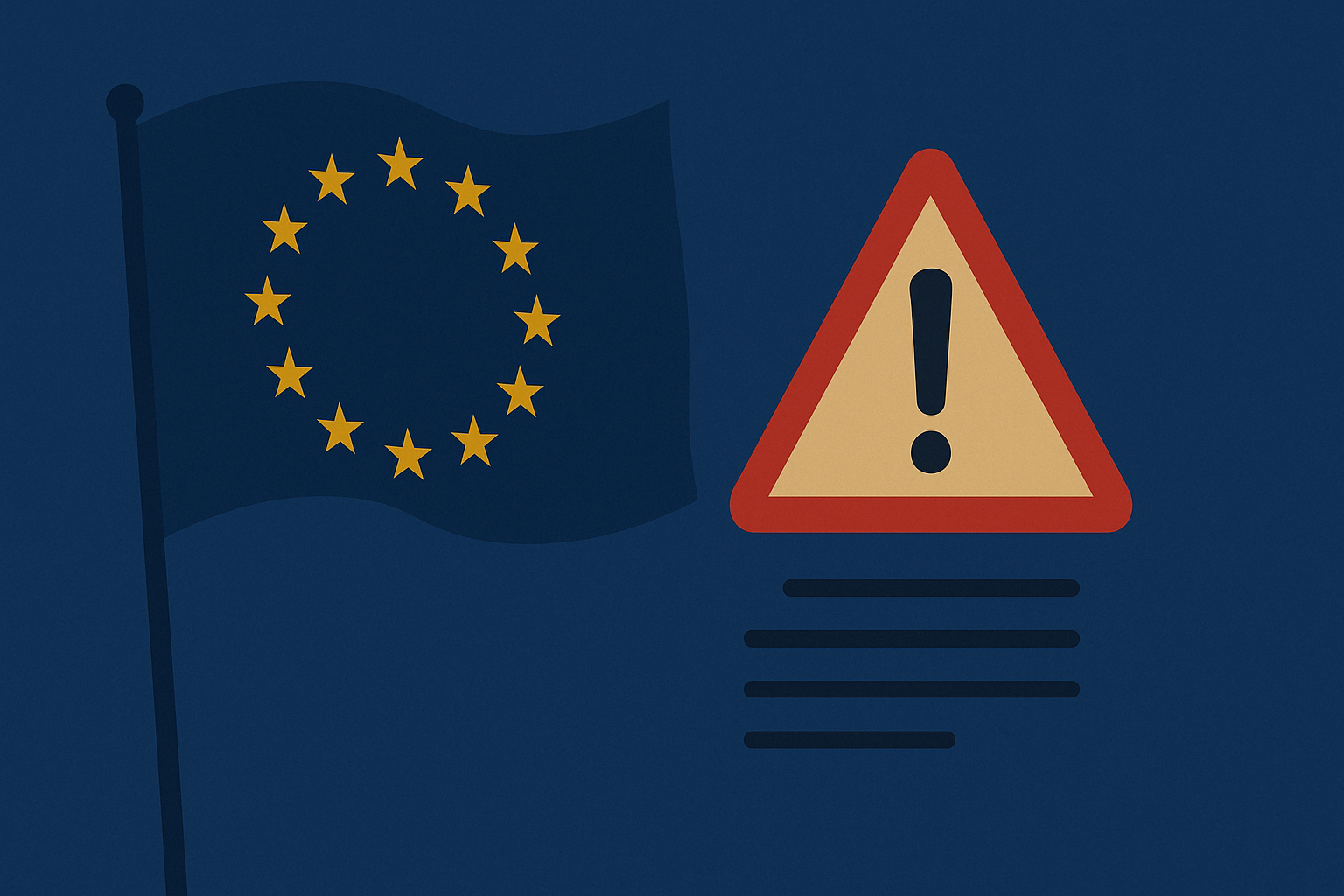U.S. inflation accelerated to 2.7% in June, exceeding market expectations and suggesting that the Trump administration’s new wave of tariffs is beginning to influence consumer prices. The figure, released by the Bureau of Labor Statistics on Tuesday, marked an increase from 2.4% in May and surpassed the 2.6% forecast by economists surveyed by Bloomberg.
Despite the uptick, President Donald Trump responded by demanding immediate interest rate cuts, taking to his Truth Social platform to post:
“Consumer Prices LOW. Bring down the Fed Rate, NOW!!!”
Tariffs Begin to Show Up in Prices
The data arrives amid a renewed trade offensive by the Trump administration, with the president threatening to impose higher tariffs on several trade partners unless agreements are reached by next month. A baseline 10% tariff has already been implemented across multiple sectors, and further increases, originally set to begin last week, have been postponed until August 1.
“Today’s report showed that tariffs are beginning to bite,” said Omair Sharif of Inflation Insights.
Echoing this, Cornell University economics professor Eswar Prasad noted that while businesses have thus far absorbed much of the tariff burden, that may soon change:
“This is unlikely to be tenable, especially if Trump follows through with his recent tariff threats.”
Core Inflation and Sectoral Trends
The core inflation rate — which excludes food and energy — rose 2.9% year-on-year, in line with expectations. However, this figure was somewhat softened by declining prices in the second-hand car market, according to analysts.
Food prices contributed significantly to the inflation uptick, while falling commodity prices helped offset broader gains.
Market Response and Fed Outlook
Following the report, traders in the futures market slightly adjusted their expectations, now anticipating two quarter-point rate cuts by the end of the year, down from earlier forecasts. Both the dollar and long-term Treasury yields ticked higher, reflecting increased inflation expectations. U.S. stocks briefly hit record highs before pulling back.
“The market is relieved that the number wasn’t worse,” said Andy Brenner, Head of International Fixed Income at NatAlliance Securities.
Still, some analysts remain cautious. Lou Brien, market strategist at DRW Trading, warned that inflationary risks remain:
“We still have the possibility that inflation is lurking around the corner.”
Political Pressure on the Federal Reserve
Trump has renewed his campaign to pressure Federal Reserve Chair Jay Powell, calling for a three-point rate cut, which he claims could save the U.S. government $1 trillion annually in debt payments. However, most members of the Federal Open Market Committee (FOMC) have expressed a preference for holding rates steady until the long-term inflationary effects of the tariffs are clearer.
Only two FOMC members have suggested they might support a cut as early as this month, while the majority remain cautious.
Conclusion
The June inflation report adds complexity to the Federal Reserve’s upcoming decisions. While headline and core inflation remain within manageable bounds, the early signs of tariff-driven price increases are beginning to emerge. With political pressure mounting and markets closely watching, the Fed faces a difficult balancing act in the months ahead.








